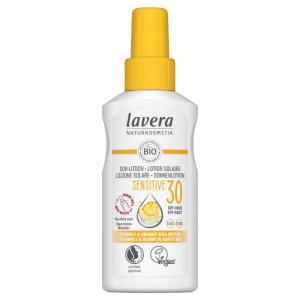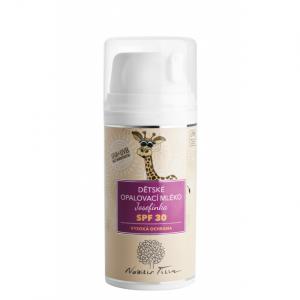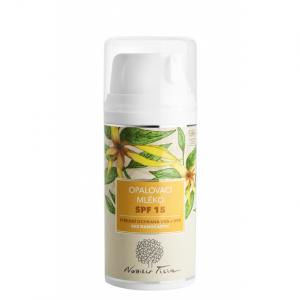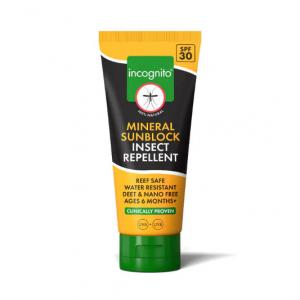
How to Avoid Sun Rash and Enjoy Sunny Days?
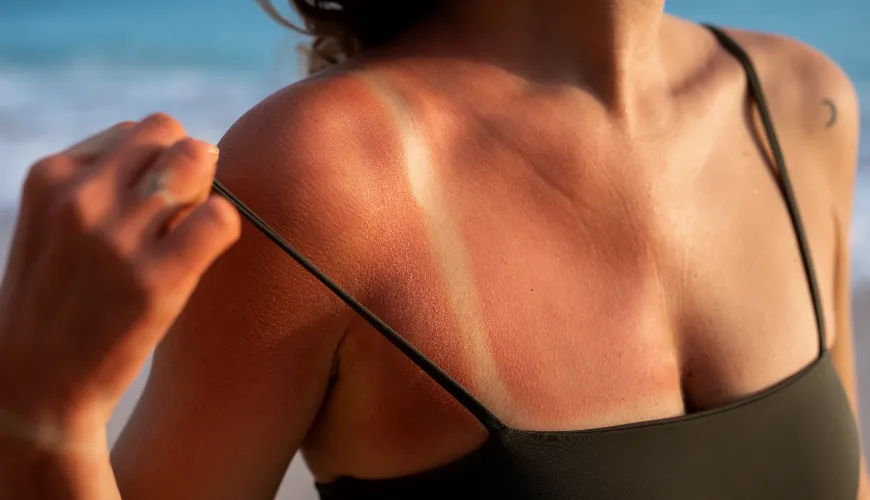
How to Recognize and Prevent Sun Rash?
Summer is the season when the sun's rays entice many people to spend time outdoors. Whether it's relaxing on the beach, walking in nature, or engaging in active sports, the sun gives us energy and improves our mood. However, for some of us, prolonged exposure to the sun can be an unpleasant experience due to a skin reaction also known as a sun rash. This issue affects an increasing number of people and is becoming a common complication of the summer months.
What Exactly is Sun Rash?
Sun rash, sometimes referred to as solar rash, is a skin reaction that occurs after prolonged or intense exposure of the skin to sunlight. For many people, it is a temporary problem, but for those prone to photosensitive reactions, sun rash can mean long-term issues during the summer months.
It involves a hypersensitivity of the skin to ultraviolet (UV) radiation, which penetrates the skin and triggers unwanted reactions from the immune system. Upon contact with UV rays, the body initiates a defense mechanism that causes inflammation, redness, and a rash. This reaction can occur not only in those with sensitive skin but also in people who have not been exposed to the sun for a long time and suddenly find themselves in direct sunlight without adequate protection.
How to Recognize Sun Rash?
The symptoms of a sun rash can vary from person to person, but most commonly include redness, itching, small bumps, or blisters on the skin. Sun rash often appears on areas most exposed to direct sunlight, such as the face, shoulders, neck, décolleté, and arms.
Symptoms usually appear several hours to a day after sun exposure. Some of the most common manifestations include:
- Itching and redness: The skin begins to itch and may become red, especially in areas most exposed to the sun.
- Bumps and blisters: Sun rash can cause small red bumps or even tiny blisters that may burst and leave the skin irritated.
- Swelling and pain: In some cases, there may be mild swelling of the affected area, contributing to an unpleasant burning sensation or pain.
This rash is usually temporary and disappears within a few days if the affected area is protected from further sun exposure.
Why Does Sun Rash Occur?
Sun rash is not fully understood, but most experts believe it is an immune reaction of the body to ultraviolet radiation. When UV rays penetrate deep into the skin, they can cause changes in cells, leading to the release of chemicals that trigger inflammation. This process is essentially the body's attempt to defend itself against further damage.
Although this reaction can affect anyone, certain factors can increase the likelihood of developing a sun rash. These include:
- Light skin phototype: People with paler skin are generally more prone to photosensitive reactions because their skin contains less melanin pigment, which helps absorb and neutralize UV rays.
- Genetic predisposition: In some families, increased sensitivity to the sun is inherited. If someone close to you suffers from sun rash, it is more likely that you might also experience this problem.
- Lack of protection: Spending long hours in direct sunlight without protective measures (sunscreen, protective clothing, shade) significantly increases the risk of developing a rash.
How to Avoid Sun Rash?
Prevention is the best defense against sun rash. If you know that your skin reacts sensitively to sunlight or you have previously experienced sun rash, there are several steps you can take to minimize the risk of developing this unpleasant problem.
-
Limit sun exposure: The best way to prevent sun rash is to avoid direct sunlight, especially between 10 AM and 4 PM when the sun is most intense. If you must be outside, seek shade or use an umbrella.
-
Use sunscreen: A quality sunscreen with broad-spectrum protection against UV-A and UV-B rays is a basic protective tool. Choose a sunscreen with a high protection factor (SPF 30 and above) and apply it regularly, especially after swimming or excessive sweating.
Try our natural products
-
Wear protective clothing: You can prevent sun rash by wearing long sleeves, hats, and sunglasses. There are also special clothes with UV filters that provide additional protection.
-
Gradually acclimate your skin to the sun: If you have spent more time indoors during the winter and your skin is not used to the sun, gradually acclimate it to sunlight. Start with short sun exposures and gradually increase the duration.
How to Treat Sun Rash?
If a sun rash has already developed, it is important to properly treat the affected skin. The first step is to avoid further sun exposure to prevent worsening of the condition. Here are some steps to deal with the rash:
- Cool the affected area: Apply cold compresses or a cool shower, which will help reduce inflammation and itching.
- Use soothing creams: Creams containing aloe vera, panthenol, or hydrocortisone can help soothe irritated skin and reduce inflammation.
- Hydrate the skin: After sun exposure, it is important for the skin to be adequately hydrated. Use gentle, fragrance-free moisturizing creams that do not dry out the skin and help restore its natural protective barrier.
- Seek medical attention: In the case of a severe reaction, where the rash is very painful or widespread across the body, it is advisable to seek professional help. A doctor may prescribe corticosteroid creams or antihistamines.
Sun rash can be an unpleasant side effect of sun exposure, but with adequate prevention and care, it can be effectively avoided. Protecting the skin from UV radiation, proper use of sunscreens, and appropriate clothing are key steps to avoid this unpleasant skin reaction.
